Following my last article about squirrel hunting, I received several requests for a recipe for cooking up these tasty little tree-dwellers. Squirrel can be prepared in so many ways that it is sometimes difficult for me to choose when I manage to bring some home. For example, you have the classics: squirrel and gravy, squirrel and dumplings, fried squirrel, etc. The list of comfort food preparations goes on and on and I am a huge fan of all the classics. However, even the classics can sometimes be hard to get past some of my friends and neighbors when introducing them to this somewhat uncommon non-mainstream food.
So, I have decided to post one of the tried-and-true favorites in my house, Squirrel Tamales. I find that this recipe makes the most use of the squirrels that I harvest, and it is a lot easier for someone to relate to a tamale than a squirrel leg dressed in gravy. They are relatively simple but do take some time to prepare. However, if you do choose to take the time to make these, I can promise that you will add them to your list of go-to squirrel preparations.
First, you will want to start with 3-4 cleaned squirrels. Once cleaned, place them in a crockpot with water or stock until nearly submerged. Add 1 tablespoon of each of the following: cumin, salt, pepper, and chili powder. If you do not have any of those ingredients, you can always add a package of taco seasoning.
Let the squirrels cook until the meat is tender and falls off the bone. This may take 3-4 hours. Once the meat is tender, remove it from the broth and let it cool. (Be sure to save the broth for a later step in this recipe.) You will then de-bone all the meat and shred it. Be sure to remove all small bones.

Next, you will need to get your corn husks ready by soaking them in warm water for 10-15 minutes. If you do not have access to corn husks, you can use parchment paper, but corn husks really give the tamales an authentic feel.

While your husks soak, begin making your masa. This comes in a bag like flour and I personally purchase mine at Wal-Mart. I highly suggest following the directions on the bag for the best results. I normally go with 2 cups of masa which calls for one teaspoon of salt, tablespoon baking powder and ¾ of a stick of butter.
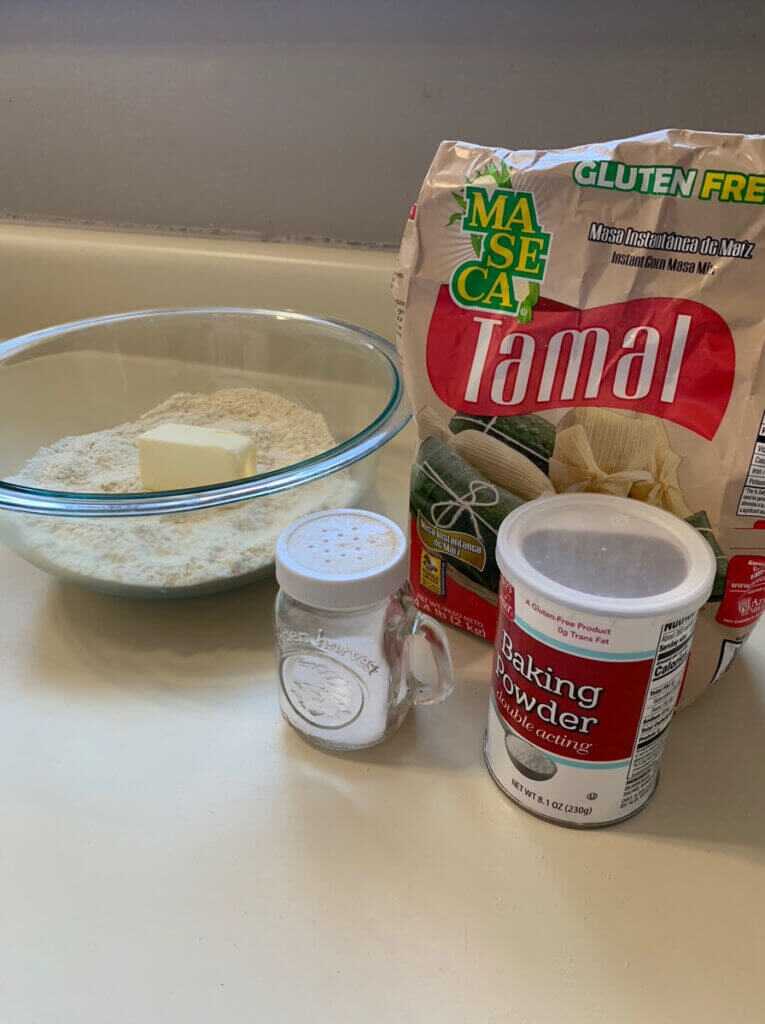
Combine all the masa ingredients in a mixing bowl and add one cup of your saved broth. The Masa recipe calls for water during this step, but I find using your saved broth just adds to the flavor. Continue to add broth or water until the masa is the consistency of oatmeal. It should be spreadable and easy to work with.
Now it is time to build our tamales. Be sure the corn husks are soaked enough to fold them in half without breaking. Once they are, they are good to go.
One at a time, hold a husk in your hand as if you were holding a triangle. The widest part should be furthest from you, resting between your pointer finger and thump with the point being by your pinky finger and closest to your body.
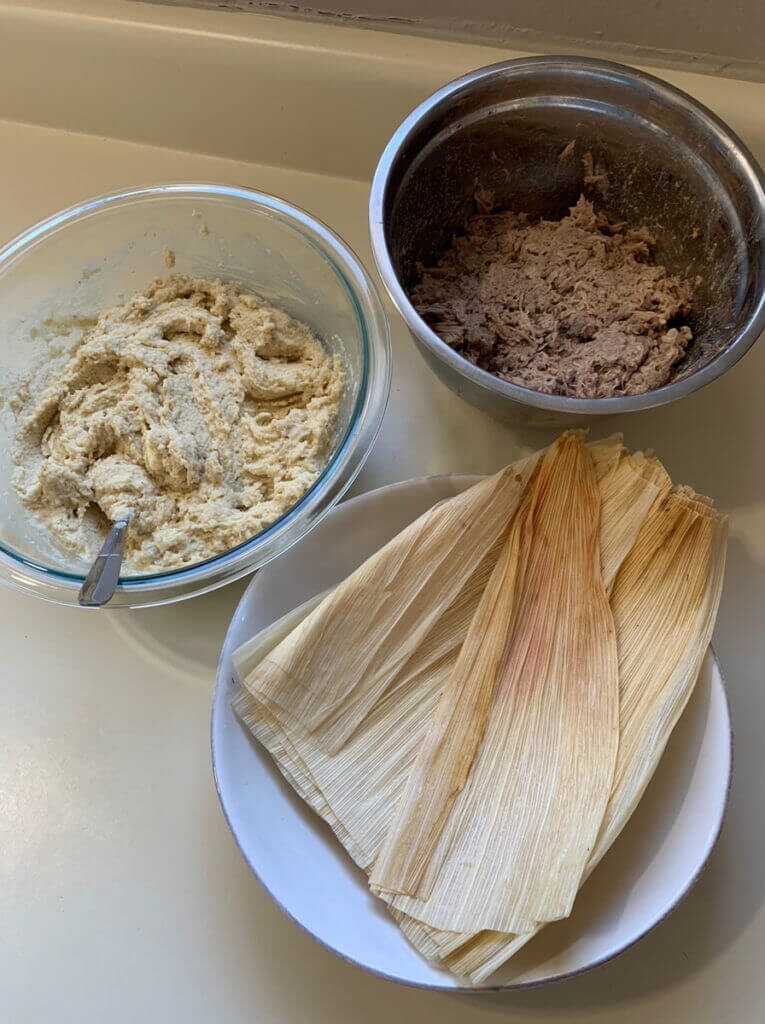
Take a small amount of the masa and spread a light coating in the center of the corn husk, then place a healthy amount of the shredded squirrel in the center of the masa. (This is where you could add some cheese if you would like as well).
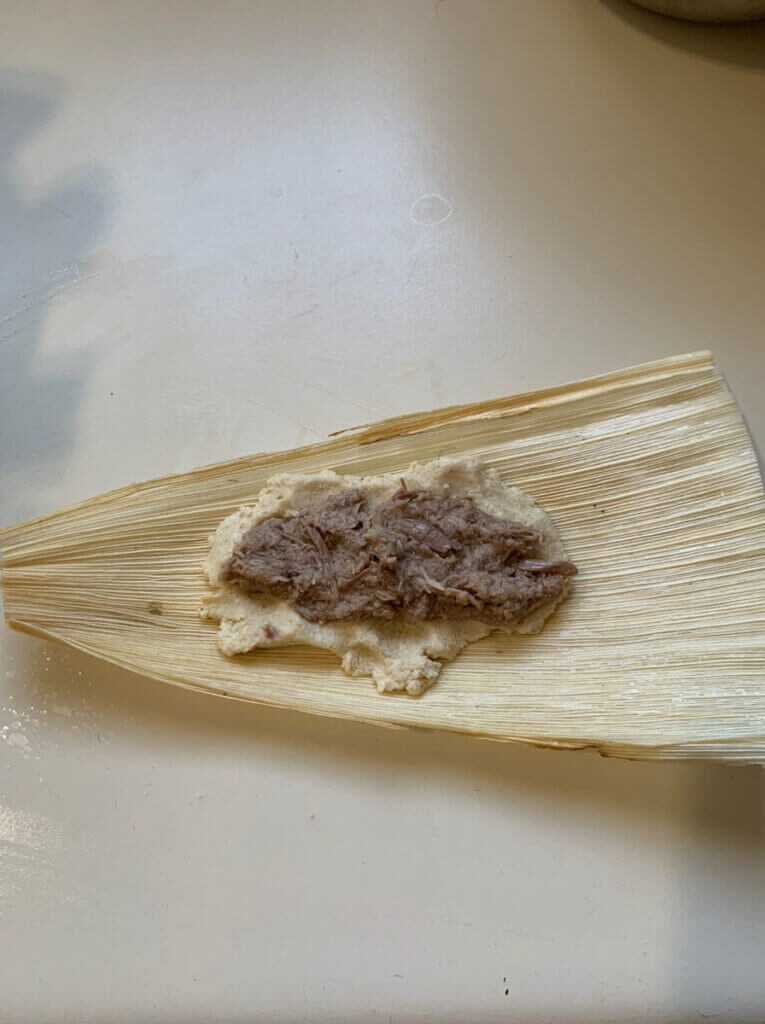
Once you have added your mixtures, you are going to roll the tamales. Keep the point facing you, you will roll them long end to long end. Then you will fold the “point” up to the middle of the tamale. To keep it in place, tie a knot around the tamale with a piece of kitchen string. Continue this process until you run out of masa or have enough for the folks you are feeding.
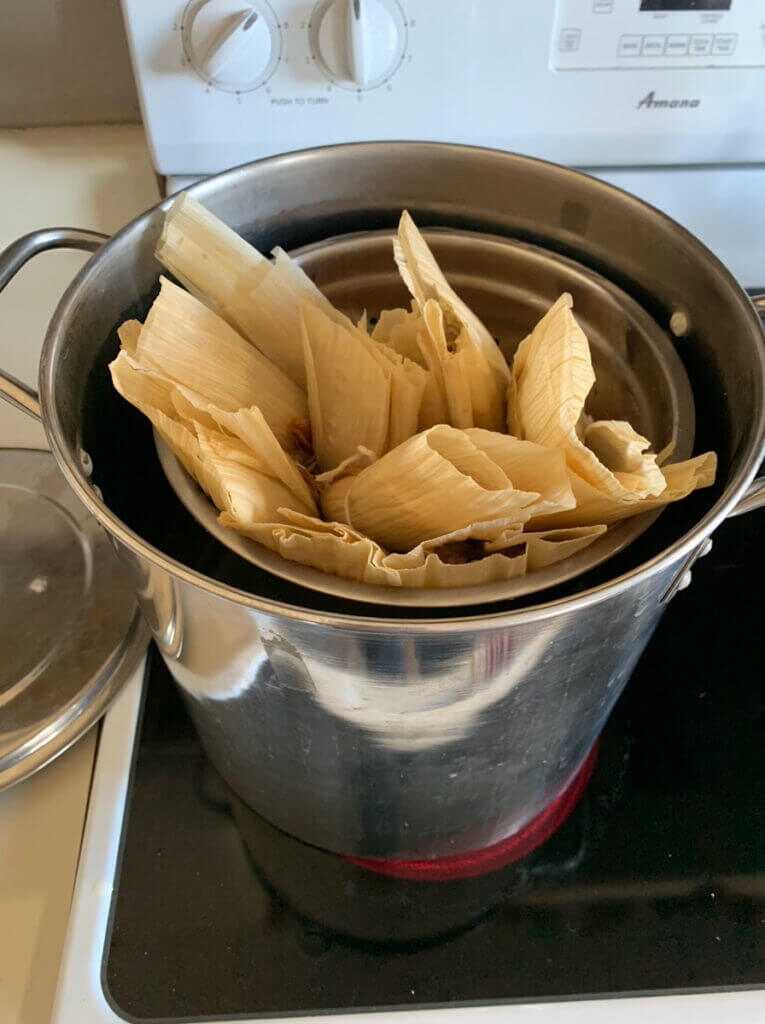
Tamales are steamed so if you do not have a steaming basket, like me, it opens the opportunity to get creative. I personally have a makeshift steamer. I place a small metal bowl on the bottom of a large stockpot and put a metal colander stacked with tamales on top of the bowl. Once secure, I add around 4 cups of water to the pot, making sure the tamales are not submerged but close enough for thorough steamed cooking. Cover the pot and cook for 20-30 minutes. Like baking a cake, you will know they are done when you can poke them with a toothpick, and it comes out clean.

Once the toothpick is clean, they are ready to be served. Be careful when serving these because they are extremely hot. I highly recommend using scissors to remove the kitchen string and being cautious when removing the corn husks.
Whether my plan is to eat them fresh out of the steamer or save some for later, I try to always make extra. When freshly cooked, they are perfectly ready for the freezer. The corn husk works as a great barrier for freezer burn, so all you need to do is pack a dozen in a zip lock bag and they are ready to be stored frozen for up to 6 months.
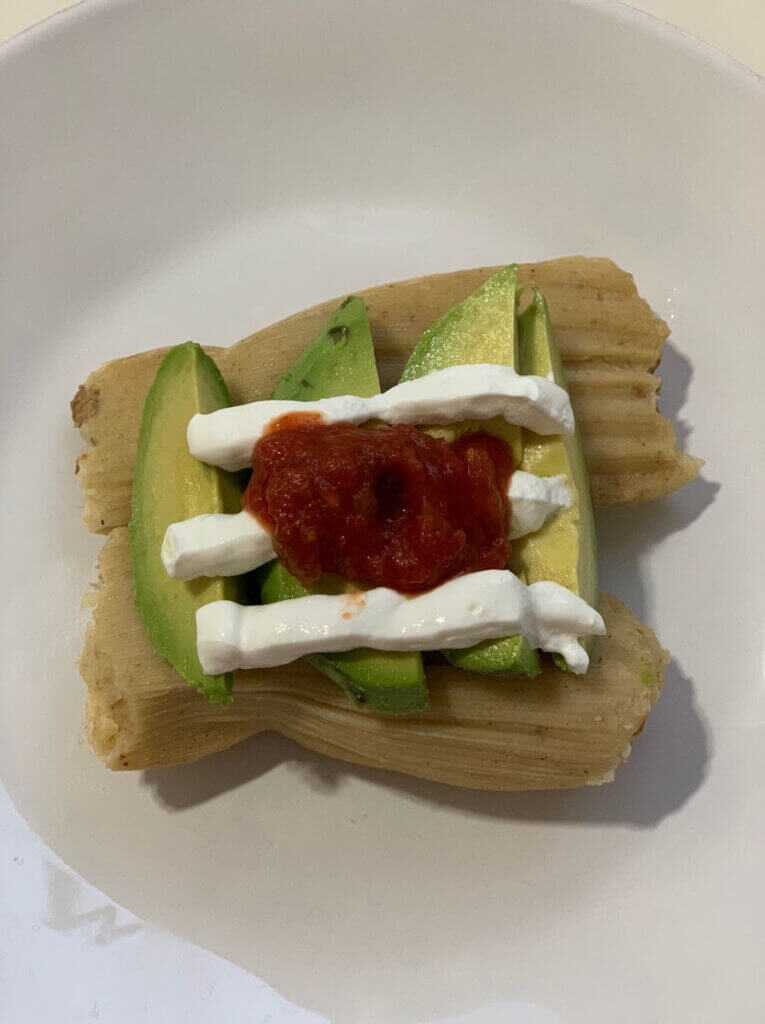
It does not matter if it is dinner tonight or down the road, my garnishes do not really change. For me personally, these tamales are great with salsa, sour cream and avocado. I truly believe this is one of the best ways to prepare squirrel for dinner.


Wow – squirrel tamales – ever thought about that one! Made plenty with pork and beef. People that have never eaten squirrel probably don’t realize just how delicate the flavor actually is. And no fat. Call them tree-rats, or whatever, they sure make for some tasty table fare! Season opens soon. Time to go hunting!
also great on electric smoker
Hi Jake – what a great article! Crazy for tamales – never knew how to make them & love hunting so this combines both.
Can’t wait to try.
Thanks again Jake!
Very nice. I grind a lot of wild game, geese mainly, and make chorizo which I then use in tamales. I prefer cooking the tamales in a homemade Chile gravy vs steaming though. Something new to try. Thx.
Thanks for sharing the idea Jake. I hope I do not need to hunt and eat squirrels as my dogs would not appreciate the competition in their squirrel hunting endeavors.
Cheers – DIN
Looking forward to trying this recipe. I had to share it with some German friends of mine to see their reaction. Germans call squirrels “Tree Rats”.